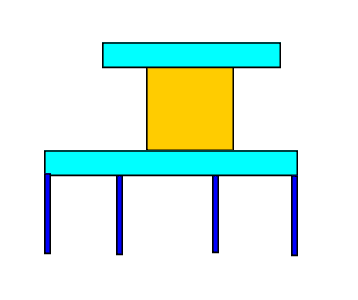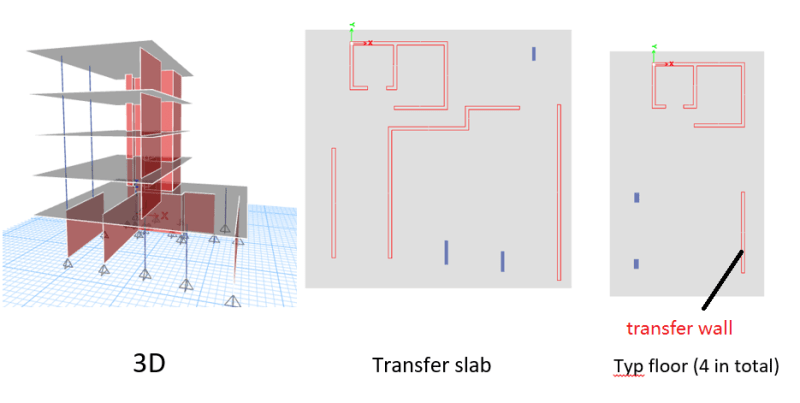Gile_
Structural
- Nov 13, 2020
- 37
I am going to provide transfer load schedule for PT contractor and am wondering how you guys deal with the transfer gravity loads for walls? Do you simply gives line load or together with bending moment? I believe the wall will have great axial loads at ends due to bending moment.
Please see below simplified section as an example. (The arrangement is actually more complicated).

Please note that I am talking about gravity only here and it is a general question, not just limited to the example above.
Please see below simplified section as an example. (The arrangement is actually more complicated).

Please note that I am talking about gravity only here and it is a general question, not just limited to the example above.







